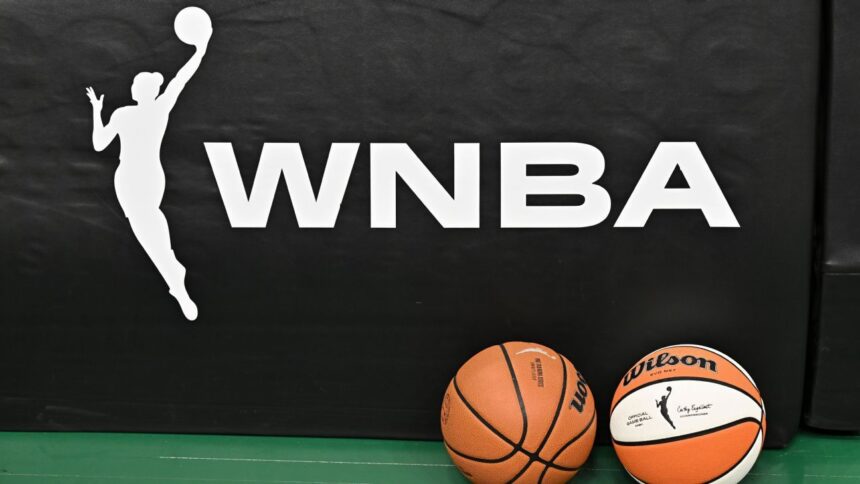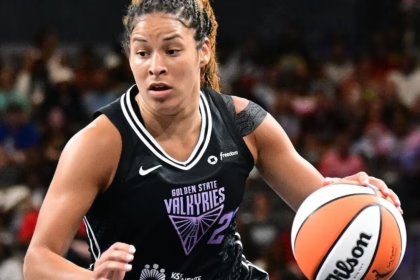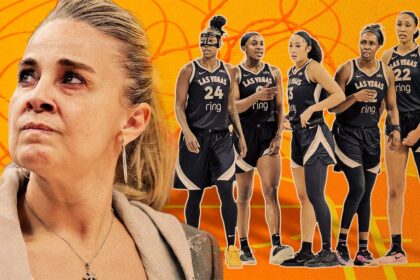WNBA CBA Negotiations: Players and League Seek to Agree on a New Contract
Negotiations for the new WNBA collective bargaining agreement are underway. Player representatives and league executives will meet in person for the first time since December to discuss the terms of the agreement. After the initial exchange of proposals, the positions seem distant ahead of the first in-person meeting, which includes the players’ executive council in Indianapolis during the All-Star weekend.The players are seeking significant changes in the new collective bargaining agreement, including salary increases, a better distribution of revenue, and the expansion of the size of the rosters. The current agreement expires at the end of this season, following the players’ decision not to renew it last year. Almost all players who are not under rookie scale contracts will be free agents after this season and will seek significant salary increases. Nneka Ogwumike, union president and with experience in three collective bargaining negotiations, is optimistic about the meeting in Indianapolis. She believes that in-person interaction could be beneficial for both parties. Although meetings have been held in recent months, this will be the first time that all the players on the executive board will be present. Ogwumike noted that negotiations are different when conducted through documents or representatives. However, in his experience, things tend to be resolved more efficiently when present at the negotiating table. The WNBA is experiencing unprecedented growth in almost all business metrics, including attendance and viewership. In addition, a new $2.2 billion media rights deal is underway, which will begin next season. The league plans to expand to 18 teams by 2030, and each of the three new teams will pay an expansion fee of $250 million.“We received a proposal from the league that, honestly, was a slap in the face,” declared Satou Sabally, forward for Phoenix Mercury and union representative.
Satou Sabally
Ogwumike indicated that the players presented a proposal in February, to which the league responded last month. She was surprised by the time it took the league to respond with its proposal, suggesting that the league may have misinterpreted the union’s initial offer. Cathy Engelbert, WNBA commissioner, stated at the April draft that the union’s initial proposal was not exhaustive, but she was also optimistic about the possibility of reaching an agreement.“It’s interesting that there’s a $250 million expansion fee, and there’s no opening for that to be reflected in the revenue distribution that goes to the players, especially when we’re experiencing growth,” Ogwumike commented. “It doesn’t make much sense to me, but we hope to get clarity on that in Indianapolis.”
Nneka Ogwumike
For the commissioner, it is crucial that the new collective agreement protects the sustainability of the league in the long term.“We will achieve something and it will be transformative,” she said. “These things take time.”
Cathy Engelbert
In the event that an agreement is not reached by the end of October, some players, including Napheesa Collier and Angel Reese, have mentioned the possibility of a strike.“We want a fair agreement for everyone, but it must be within the limits of a sustainable economic model that lasts 10 years,” she said. “We have had a few years of great growth… but we must continue to ensure that we can finance the things that the players are asking for, which we also want for them.”
Cathy Engelbert
“From the players’ perspective, it’s difficult to navigate this in the middle of the season, but we also know how important it is and really get it done before the end of October, and we are making that effort to be able to do both,” said Breanna Stewart, vice president of the union. “The fact that it’s been a little slow at the beginning is difficult, but we hope things will intensify now after receiving their proposal. We have a big meeting in Indy at the All-Star and it’s going to be exciting.”
Breanna Stewart









